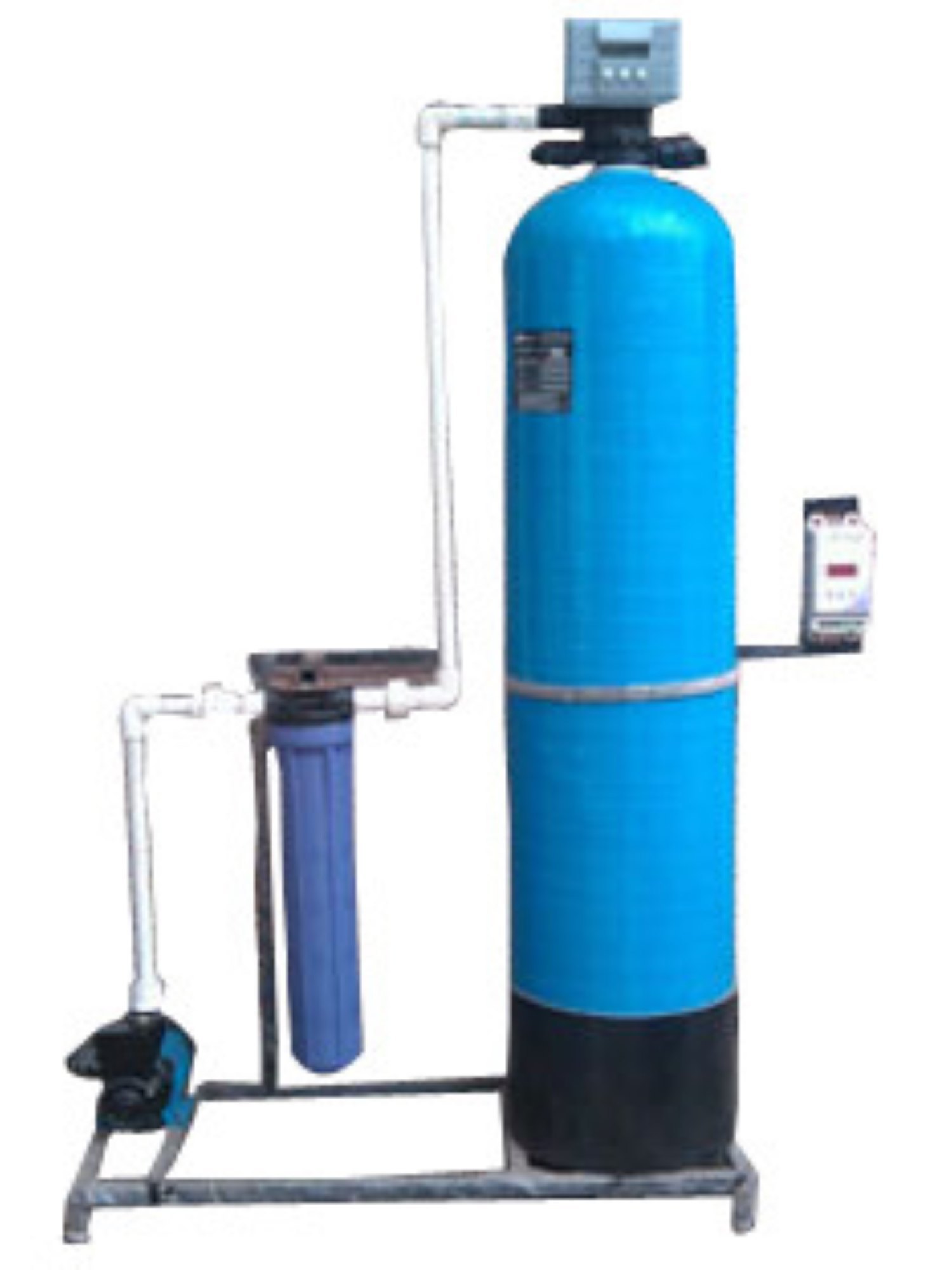Office
No. 85/1, 3rd Main Road, Rajajinagar Industrial town, Bengaluru - 560044, Karnataka, India
Bangalore , karnataka
India (560044)

Understanding Water Purifiers: Essential Insights for Health and Safety
Water is an essential resource for life, and its purity directly impacts health and well-being. With increasing pollution and contamination of water sources, having access to clean drinking water has become a critical issue. Water purifiers are a reliable solution to ensure the removal of impurities and provide safe, potable water. This guide explores the types, mechanisms, benefits, and considerations for choosing a water purifier, offering a comprehensive understanding of these indispensable devices.
Reverse Osmosis (RO) Purifiers: RO purifiers use a semi-permeable membrane to remove dissolved salts, heavy metals, and other contaminants. They are effective against a wide range of impurities, including bacteria and viruses. These purifiers are ideal for areas with hard water or high TDS (Total Dissolved Solids).
Ultraviolet (UV) Purifiers: UV purifiers use ultraviolet light to kill bacteria, viruses, and other microorganisms. They do not remove dissolved salts and heavy metals but are highly effective in disinfecting water. UV purifiers are suitable for water with low TDS and without chemical contaminants.
Ultrafiltration (UF) Purifiers: UF purifiers use a membrane similar to RO but with larger pores. They can remove bacteria and suspended particles but not dissolved salts and chemicals. UF purifiers are ideal for areas with low TDS water and where bacterial contamination is a concern.
Activated Carbon Filters: These filters use activated carbon to remove chlorine, organic compounds, and certain heavy metals, improving the taste and odor of water. They are often used in combination with other purification technologies to enhance overall efficiency.
Gravity-based Purifiers: Gravity-based purifiers use activated carbon and UF membranes to purify water without electricity. They are suitable for areas with intermittent power supply and low TDS water.
Filtration: Filtration involves removing suspended particles, sediments, and microorganisms through physical barriers like membranes and filters. UF and activated carbon filters are common examples of filtration mechanisms.
Chemical Treatment: Chemical treatment involves adding disinfectants like chlorine or iodine to kill pathogens. However, this method can leave residual chemicals in the water, affecting its taste and safety.
Adsorption: Adsorption is the process of trapping contaminants on the surface of activated carbon or other materials. This method effectively removes organic compounds, chlorine, and certain heavy metals.
Reverse Osmosis: RO uses pressure to force water through a semi-permeable membrane, leaving behind dissolved salts, heavy metals, and other impurities. This process is highly effective but also generates wastewater.
Ultraviolet Radiation: UV radiation disrupts the DNA of microorganisms, rendering them harmless. It is a chemical-free method that effectively disinfects water without altering its taste or composition.
Health Protection: Water purifiers eliminate harmful contaminants, ensuring safe drinking water and reducing the risk of waterborne diseases.
Improved Taste and Odor: By removing chlorine, organic compounds, and sediments, water purifiers enhance the taste and odor of drinking water.
Environmental Benefits: Using water purifiers reduces reliance on bottled water, decreasing plastic waste and the environmental impact of bottled water production and transportation.
Cost-Effective: Although there is an initial investment, water purifiers are cost-effective in the long run compared to the recurring expense of bottled water.